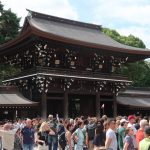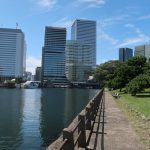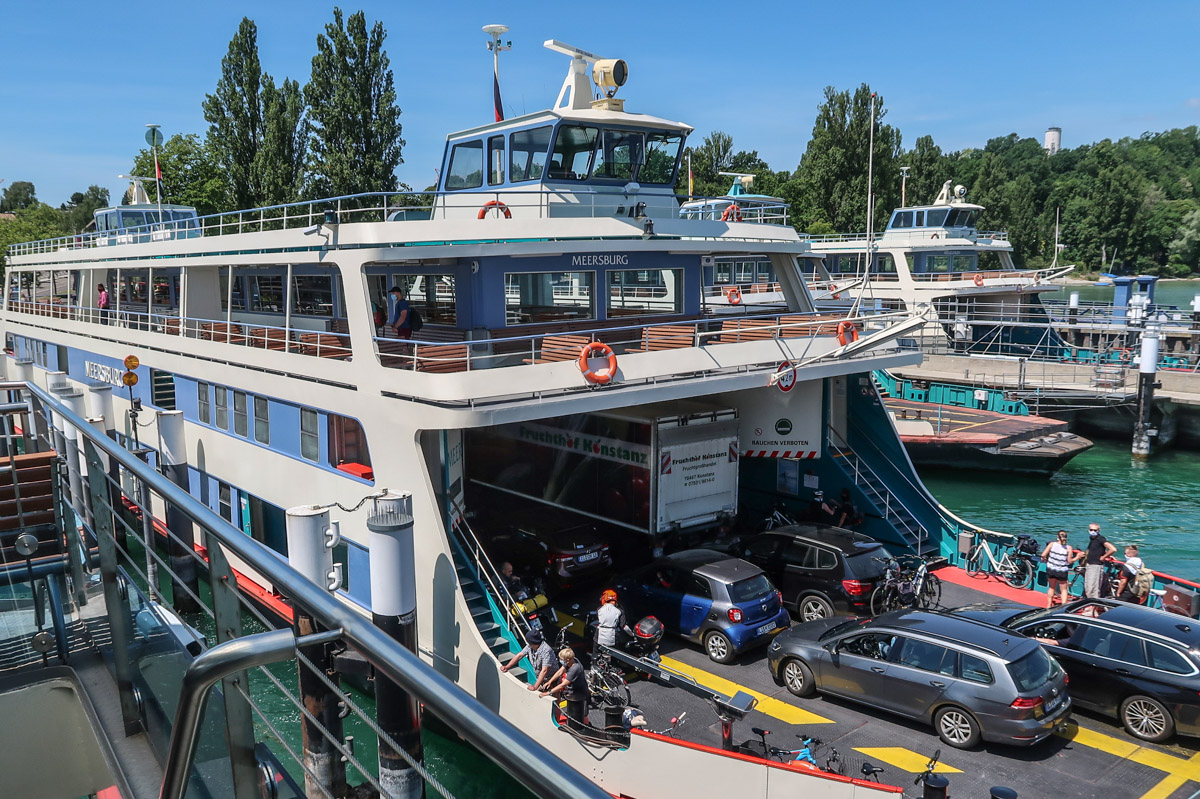During our trip through Tokyo in September 2023, getting around the Japanese capital has been one of the key issues we had to solve. my wife and I decided to go for the Greater Tokyo Pass,which comes with certain pros and cons. In this posting, I introduce you to the system and also explain you why we went for this solution in contrast to other ones which are available. .
Greater Tokyo Pass – Price & Validity
The Greater Tokyo Pass is a network ticket for private railway lines and bus services in Greater Tokyo. There are two versions, a five day version of the pass and the three day one. The five day pass kicks off the day following the purchase. for five days, for example. Adult prices are 7,200 JPY and 6,000 JPY, which is roughly 45 / 38 Euro. Children tickets are slightly reduced. The ticket is stored on an IC card (see next section).
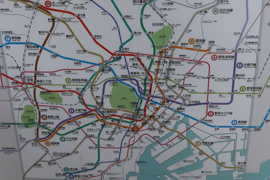



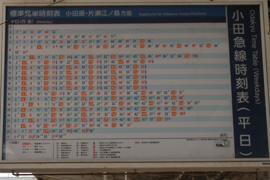
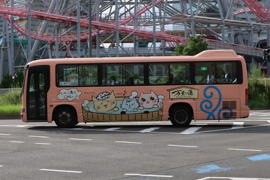
Before you decide to go for a Greater Tokyo Pass, you should check the validity map of the Greater Toyko Pass (external link). As said, the pass covers all private railways and the private driven Tokyo Metro. This includes quite an extensive network. For example, we could go to the Hello Kitty amusement park Sanrio Puroland with it. There is also a (rather slow) connection to Narita (NRT) and a rather convenient one for Haneda Airport (HND) included in the pass. Buses are also part of the network. You can also visit Kawasaki and Yokohama. Sometimes, Tokyo Metro Line and Toei Lines together are summed up as Tokyo Subway. Both are included in the ticket.
Greater Tokyo Pass – The PASMO Thing
As said, the Greater Tokyo Pass needs to be loaded on a so called IC Card. There are majorly two different cards, SUICA and PASMO. Technically, they are equivalent and fully compatible. They solely differ by the company who is issuing them. If you arrive in Tokyo, you likely run into the PASMO system by JR (Japanese Rail) East. An IC card can hold special tickets like the Greater Tokyo Pass, but it also a simple paycard you charge with money. You can pay a lot of things with an IC card, including rail, (basic) stores, vending machines, and many other services.
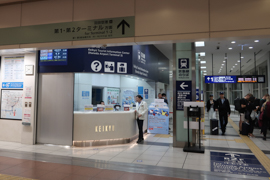




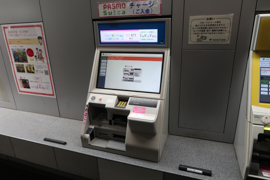
There is one issue with PASMO, at least: the system with physical cards is terminated and Pasmo has been moved on a digital basis on your mobile phone. The rationale behind that is that the microchips used for the RFID technology became too expansive and is also not regarded to be environmental friendly. However, as the PASMO app typically does not run on foreign phones and even if you make it run, putting money on it might be even more of a nightmare, there are still physical cards for tourists. In contrast to the normal system, they generally expire after 28 days. There are also very few locations where you can buy them. Arriving at Haneda International (HND), for example, the Keikyu Line office sales PASMO Welcome card. It is 1,500 JPY and includes the same amount as credit.
Charging IC
You might use the credit immediately to buy the Greater Tokyo Pass. However, I recommend to keep it, as some connections are not covered by the pass. Furthermore, it is sometimes handier to pay a quick drink or snack by IC card. The easiest way to top up the card’s balance is by using top up machines in train and metro stations. Rather frequently, you need cash. This may be bothering here and there – but as some of the machines also take small change, it is a convenient way to get rid of coins as well.
Greater Tokyo Pass – What is NOT Included
Sounds great, doesn’t it? There is one down side: the public transport which is not included. The most important provider on that list is JR rail, the national rail company. In Tokyo, these are the JR East connections. This explicitly includes the circular Yamanote Line driven by JR East, which can be very handy for tourists. You obviously also cannot ride the Shinkansen train, even from Tokyo to Yokohama or buses by JR Rail. Another method of transport for which the ticket is not valid is the Tokyo Monorail connecting Haneda Airport and Hamamatsucho. Even though the ride is rather fast, especially the terminal station in the city is so outdated and comes with a lot of stairs, that we did not like riding it anyway, though.


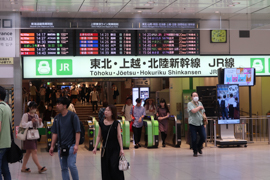
Of course there are also geographic limitations in regards of what Greater Tokyo is. If you want to do a lot of trips where you just travel to a rather remote location and spend several hours there, the Greater Tokyo Pass might also not be the right option as single fares are simply cheaper (see below). Express trains like the Narita Express are not included as well.
Greater Tokyo Pass – How Does It Work?
That’s the easiest part of riding with the Greater Tokyo Pass: Typically you pass barriers (sometimes there are touch points only, but that’s really rare). You just tap your IC card with the Greater Tokyo Pass loaded onto it at the gate for entrance at the beginning of the trip and at the exit gates. The gate will open and show you the validity of the ticket. If, for any reason, you run into a connection which is not covered and you have credits on your card, the fare will automatically be deducted from the IC card at the end of your trip (in worst case, you typically find top-up machines close to the gates).
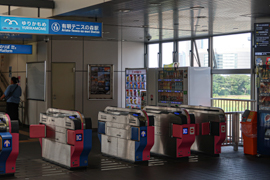
Getting Around in Greater Tokyo Public Transport
Packed trains, people pushers at the Toyko Metro and letters you cannot read – yeah, I have to admit I was nervous about using public transport in Greater Tokyo before our trip to Japan. There is absolutely no reason for that. Even in rather remote places, signs were in English with Latin characters and overall, the transport system is very transparent. You might have to get used to the strict rules of the entrance gates at the trains and metros. There are sometimes also different lines for the next local train (stopping more or less at all stations) and express trains.
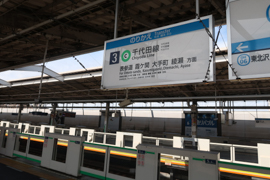

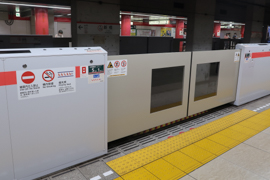
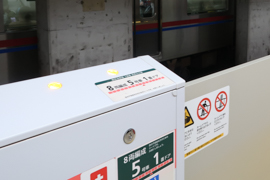
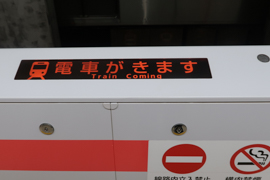




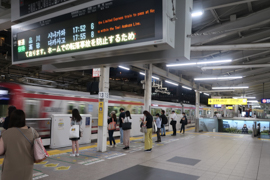
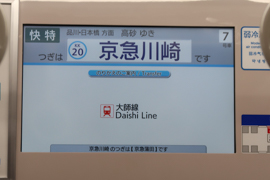

A very helpful feature is that stations are numbered (typically combined with a letter and a color), which helps a lot in regards of orientation. Also in the trains, displays typically change between Asian characters and English, so that you typically won’t get lost. As frequencies are high, a missed train in Greater Tokyo is typically not that much of a deal. In stations, directions for transfer as well as the different exits with key directions are also clearly marked. Thus, even though you are below the surface rather frequently, we did not get lost within a station very often. Possible transfers are typically also given in the vehicle.


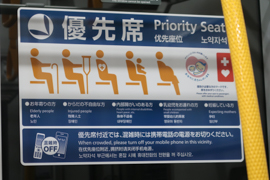
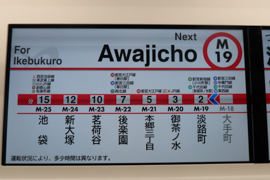
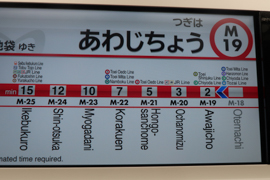

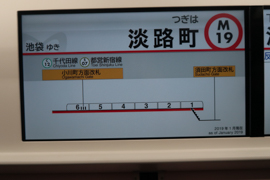
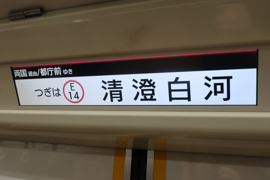


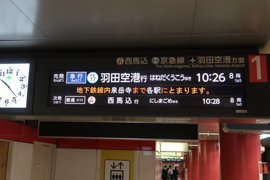
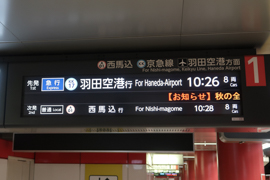
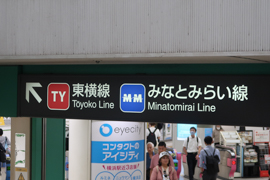
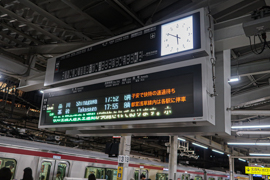
Non-Transfer Connections and good Rolling Stock
There was one thing, though, which did cause confusion to us at the beginning. The same train might serve different line without the need of transfer. For example, the Tokyo transport map looked as if we had to transfer from Keikyu Airport Line to Asakusa Line at Sengakuji Station to get to Shimbashi, one of the station to reach our Conrad Tokyo hotel. However, this route turned out to be served by the same train, so that we finally had a handy non-transfer service. Some trains also act as Express trains in certain sections and turn to local trains (also for a different line) later. Google Maps is a great help here, as it comes with great coverage of the transport system. For that reason, we really loved to have internet provided by Sakura Mobile (separate review).



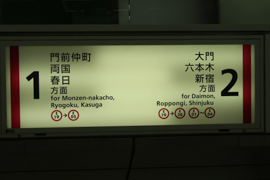
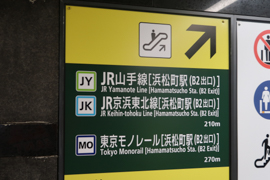


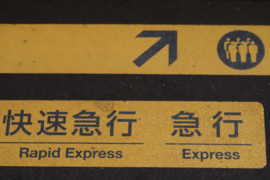
Even though you (obviously) have more and less modern trains, the rolling stock around Tokyo was overall good. Some rules are different in Japan than in Europe, but signs typically tell you how to behave. Unfortunately Japanese people sometimes feel it is rude to ask you to behave according to their rules – so you should try to be as attentive as possible.
Overall, I feel that Japanese people around Tokyo are rather disciplined than respectful. They keep the reserved seat for elderly and pregnant riders free as long as possible – but they don’t necessarily stand up for them if they finally took one of the seats, for example. Wheelchair travelers do get around, but sometimes need detours to avoid stairs. Before you enter a station, most displays showed the locations of elevators and escalators. The vast majority of stations features bathrooms, which is a lovely thing.

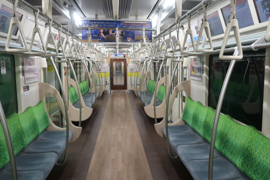
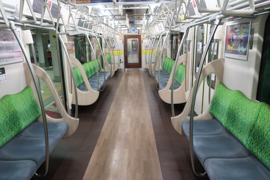




Greater Tokyo Pass – Alternatives
The most straight-forward way is to pay each and every trip separately. You can either buy individual tickets at the ticket machines (which is really bothering…) or simply use credit on the PASMO Welcome card. Practically all stations have maps like the one below, which give you the fare for a certain connection. You also might have more flexibility there, e.g. if you want to transfer from a JR service to a Tokyo Metro train.
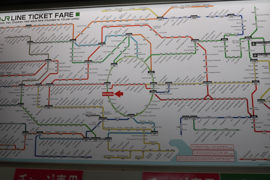
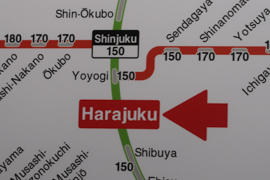
Japanese Rail offers a lot of passes as well. The most well known is the Japan Rail Pass. This pass offers transport in all over Japan and thus covers very different travel needs. There is also the JR Tokyo Wide Pass (15,000 JPY for three days, adult fare), which dies include a rather large region and Shinkansen trains, but is therefor very limited in Tokyo and Yokohama public transport. You may do day trips, e.g. to Mount Fuji or to famous onsen baths with it. You may also use some Shinkansen connections. Again, you need to see whether this pass has any use for you. A typical day trip rather suggests buying single tickets, I feel.
Greater Tokyo Pass – Thoughts
I decided not to make a real review out of the Greater Tokyo Pass posting. I see it more as some sort of travel guide. There are various options to get around Tokyo. The best for you highly depends on your travel profile. You should plan your commutes in Tokyo ahead of your trip and pick of the option which is best for you. The good thing about the Greater Tokyo Pass is that you have a rather handy and quick to use option, which you can purchase rather short notice after arriving in Japan.
Japan on Flyctory.com
Here are all my postings related to Japan:
Travel Guide Postings
Here are all my Travel Guide postings which are giving you overviews on certain topics:









